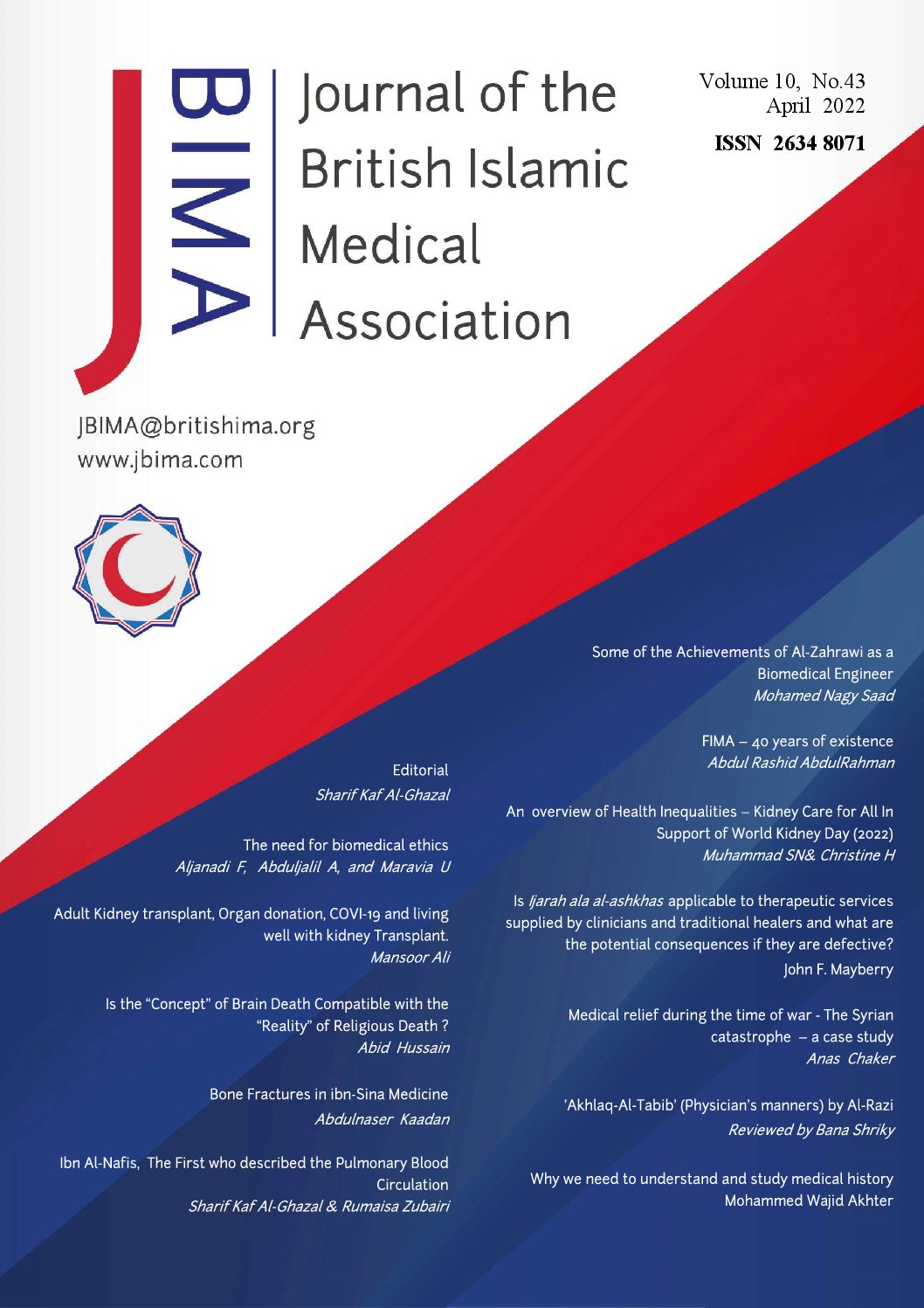
Background
Muslim healthcare students striving for professional
excellence can face a unique challenge: reconciling
religious dress codes with hospital policies. While
previous research highlights the potential conflict for
Muslim healthcare professionals, limited data exists
specifically for students.1 Understanding the student
experience of dress code policies and the intersection
with faith-based principles is crucial for promoting
inclusivity within medical education and the healthcare
setting as a whole.
Aims:
An inclusive healthcare workforce is essential for the
delivery of optimal patient care. With 3.3% of NHS
workers identifying as Muslim, professionals must not be
made to feel that they have to choose between their faith
or adherence to dress code policies, and that their career
progression is not limited further than it already is due to
racial and social disparities, as discussed in a 2017 BMA
report.2,3 This study aims to provide valuable insights
into the challenges faced by Muslim healthcare students,
so barriers such as dress code policy can be addressed
early on in training, as otherwise this can lead to talented
professionals being deterred from reaching their
goals, and limiting patient access to culturally competent
care.4
Methods:
To address this gap, an online survey was distributed via
the University of Birmingham Islamic Medical Society
WhatsApp groups and Instagram page. The survey
explored students’ experiences of dress code policies
during placement, and the extent to which these policies may have impacted their ability to adhere to their faith.
We also sought to ask their suggestions on how dress
codes can be made more inclusive.
Results:
50% of students felt they were unable to adhere to dress
code policies at placement due to their faith. 25% of
students mentioned the ‘bare below the elbows’ policy
particularly as affecting them, and 100% of students
suggested that more modest options, such as long scrub
skirt and disposable sleeves, would make dress codes
more inclusive of their faith-based practices.
Outcomes:
Following these results, research must be conducted on
the impact of introducing modest uniform options for
students and staff, and whether this has any effect on
patient outcome or infection control.
References
- Malik A, Qureshi H, Abdul
Javaid FZ, Esmail F, et al. “I decided not to go into
surgery due to dress code”: a cross
the UK investigating experiences of female Muslim
medical health professionals on bare below the elbows
(BBE) policy and wearing headscarv
theatre. BMJ Open [Internet]. 2019 Mar;9(3):e019954.
Available from:
https://bmjopen.bmj.com/content/9/3/e019954 - Church E. What it’s like to be visibly Muslim in the
NHS [Internet]. Nursing Times. 2024 [cited 2024 May
31]. Available from:
https://www.nursingtimes.net/news/workforce/whatits-like-to-be-visibly-muslim-in-the-nhs
2024/#:~:text=The%20percentage%20of%20Musli
ms%20working - British Medical Association. Differential attainment
– Making medical training fair for all. 2017 [cited 2024
May 31]. Available from:
https://www.bma.org.uk/media/2850/bma
differential-attainment-report-nov-
2017.pdf?_gl=1*m0zoz9*_up*MQ..*_ga*MjAwM
DEzMTk3My4xNzE3MTg2MzI5*_ga_F8G3Q36D
DR*MTcxNzE4NjMyOC4xLjEuMTcxNzE4Njg1O
S4wLjAuMA.. - Boutin-Foster C, Foster JC, Konopasek L.
Viewpoint: Physician, Know Thyself: The
Culture of Medicine as a Framework for Teaching
Cultural Competence. Academic Medicine. 2008
Jan;83(1):106–11.

